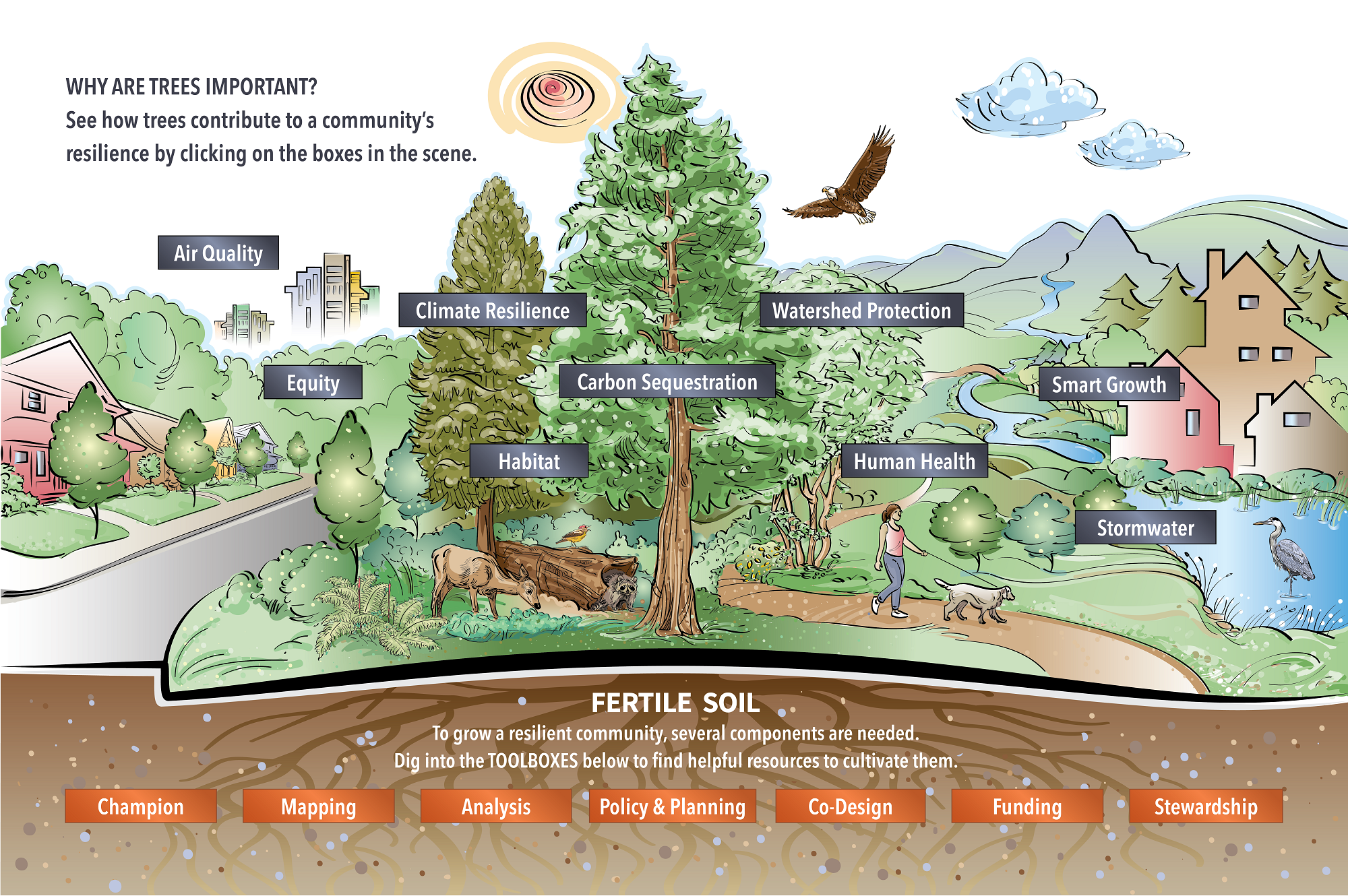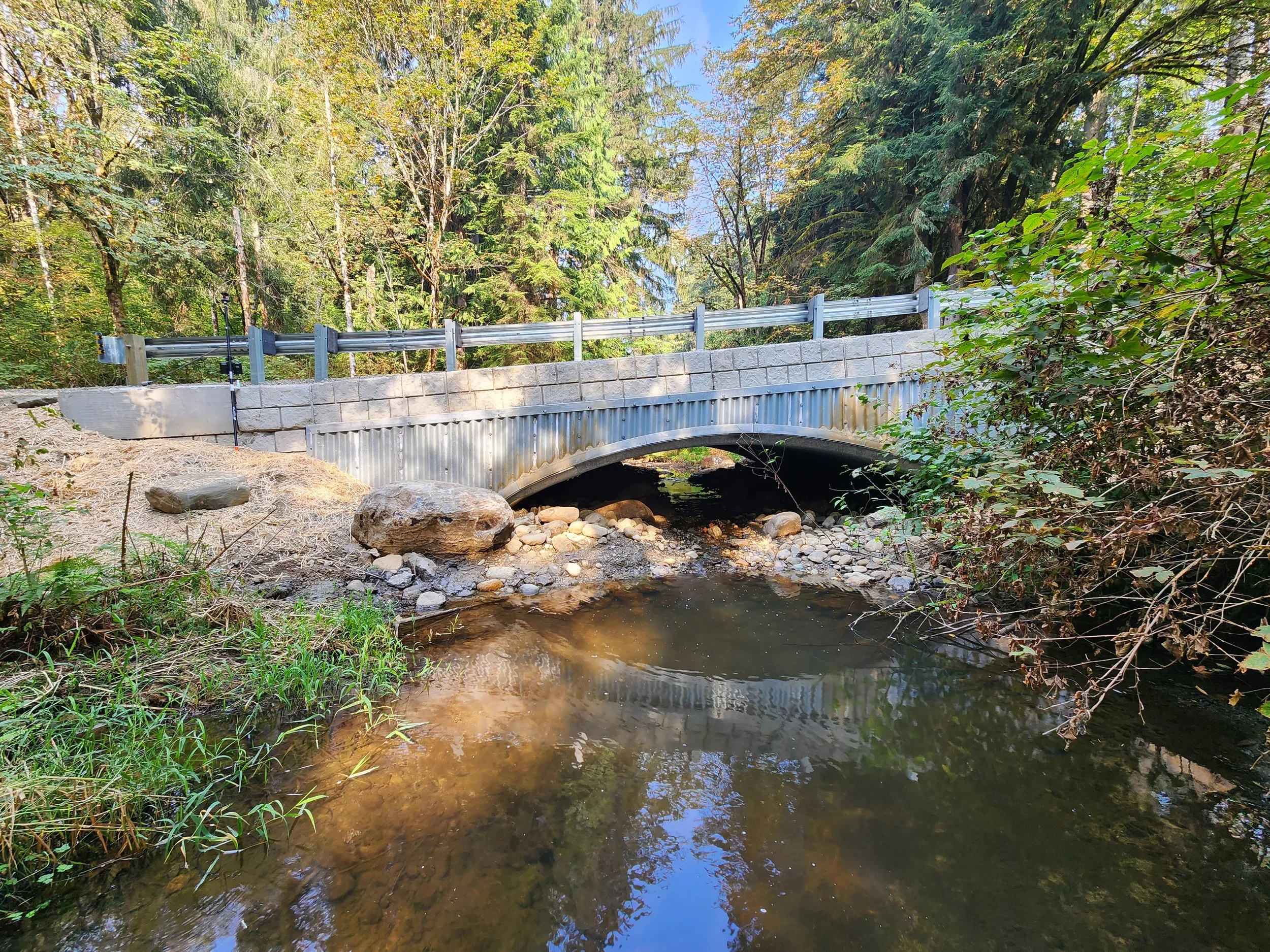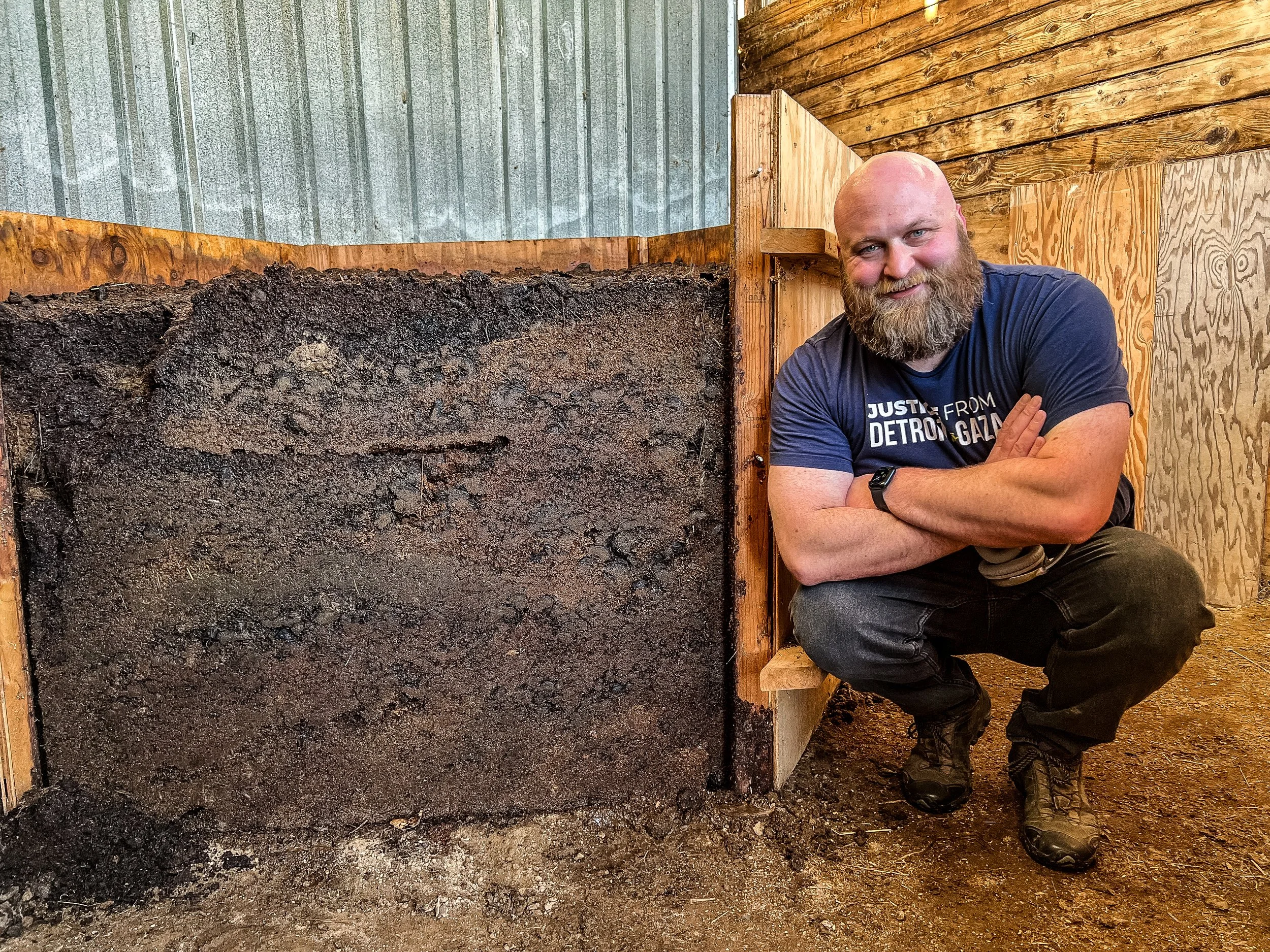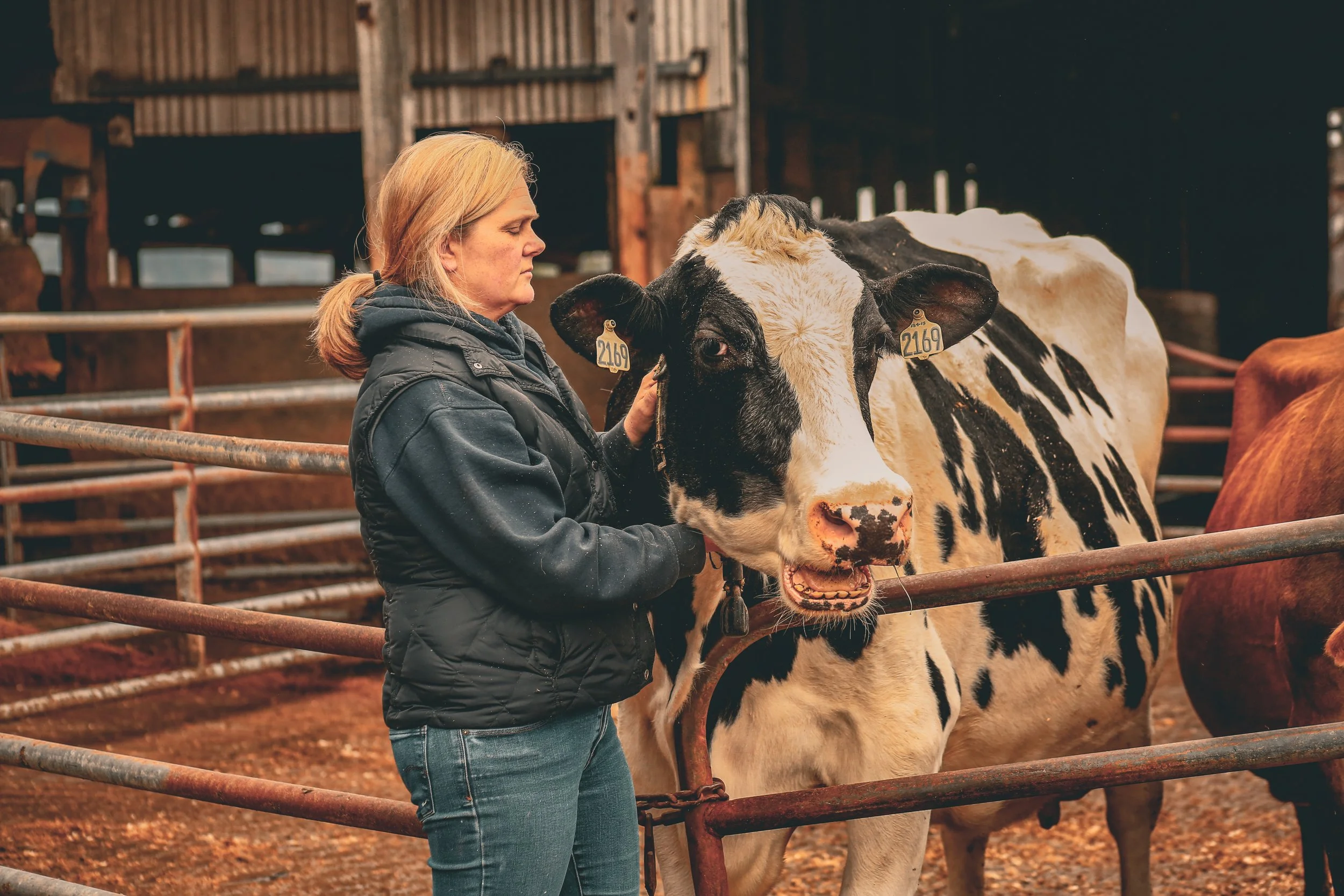116 FARMS ASSISTED
We’re here to support our local farms, from large commercial operations to small urban farms, and everything in between.


We’re here to support our local farms, from large commercial operations to small urban farms, and everything in between.
We help landowners find environmentally-friendly solutions using a non-regulatory approach.
We work hard to maintain the land we have invested in with our project partners and the community. Creating habitat that continues to thrive contributes to healthier wildlife populations.
Small forest landowners own almost half of Washington’s private forest land, which makes support all the more important.
To help feed our community, we installed raised garden beds for private residents and community organizations who grow food for food banks and local residents.
We opened up habitat by replacing undersized culverts, removing unnecessary culverts that blocked fish passages, and building fish-friendly bridges.
We provided experiential learning opportunities for students in the classroom and field with a focus on stormwater, habitat restoration, and agriculture.
From webinars to in-person events, we connected with the community in effective and engaging ways.
Creating rainwater storage reduces storm water runoff where we don’t want it and places it where we do want it, like thirsty gardens and yards.
We provide detailed guidance on how to implement practices that improve land management and the environment.
Our crew dug deep to help filter stormwater pollution before it enters the Puget Sound.


Growing Today’s Forests & Tomorrow’s Future
Trees provide us with many essential benefits, including clean air and water, shelter, and erosion control, just to name a few. Ongoing management of forested lands ensures the healthiest forests and greatest benefit to…

Buffers & Beavers Help Salmon at Pilchuck Tree Farm
If you were a salmon traveling upstream, your chance of making it to your spawning bed hinges on many factors including the temperature and abundance of water. As a result, continuous streamside tree canopy and resident…

The Future of Urban Spaces is Green
The Puget Sound area is one of the fastest growing regions in the nation. Developing land to accommodate this growth means more pavement and fewer trees, resulting in increased stormwater runoff, which contributes to flooding, erosion, and water pollution…

Creating Safe Passage for Salmon
If you explored nature as a child, you might remember those enormous metal pipes filled with ankle-deep, frigid water that cross beneath roadways. These pipes, called culverts, are still common along streams and creeks throughout Washington. Despite their enticing…

Five Years of Orca Recovery Day
Coho salmon are born in freshwater and after a lifetime spent in Puget Sound, return to their birthplace to spawn. That is, if they survive. In 2020, the University of Washington published a study on the effects of stormwater pollution in urban water bodies. Their findings exposed the…

The Value of Manure
Cattle and horses leave behind a lot of manure—up to 31 pounds a day for a 1,000 pound horse and anywhere from 60 to 80 pounds a day from beef and dairy cattle. Thankfully, this valuable resource can be used as fertilizer to feed crops, local hay fields, and pastures…

Cleaner Water for a Healthier Community
Although most of us refuse to use umbrellas, the fact remains that our annual rainfall averages about 35 inches in the western part of the county and increases sharply as you approach the Cascade Mountains…

Agroforestry Innovations Benefit Farmers & Habitats
Since our creation following the Dust Bowl, conservation districts have relied on partnerships with farmers to pioneer new ways of protecting our natural resources—and agroforestry is no exception. For the last several years…

Increasing Food Security, One Garden Bed at a Time
As our Lawns to Lettuce team knows, some spaces–like a sunny lawn–are brimming with potential for an edible landscape. Other areas, however, need a bit of creativity to envision the possibilities. Luckily, our team has the…

Growing Connections in Our County’s Food System
Food security and access to healthy local produce are key to the health and vitality of our communities. Contributing to community resilience in this way is an overarching priority for Snohomish Conservation District…

Growing the Next Generation of Stormwater Stewards
In 2022, Snohomish Conservation District’s Youth Education Team debuted a new stormwater education program for elementary school students. This four-part Sound Education Program emphasizes hands-on, problem…

The Coexistence of Farms, Fish, & Flooding
The Sustainable Lands Strategy (SLS) coalition initially convened in 2010 to unite individuals and community organizations dedicated to improving the coexistence of farming and fishing in Snohomish County’s floodplain…

A Path Toward Conservation Careers
On a sunny day in Ellensburg, a team of five students from Sequoia High School in Everett arrived with their advisor Katie Nickels to compete in the Washington State Envirothon competition. A few months prior, the students…
“The Conservation District is an invaluable resource for all of our communities, helping us build resiliency in an increasingly unpredictable climate. From the smallest backyard garden to the largest livestock facilities, SCD is strengthening and regenerating our landscapes and watersheds.”
Grants: $3,160,950.45
Snohomish County Rates and Charges: $1,842,290.57
Camano Island Rates and Charges: $60,065.44
City Partnerships: $110,646.18
Grand Total: $5,173,952.64



Farming is in our heritage. We have certified farm planners who will visit your farm for free and offer suggestions based on the goals you have for your property. In some cases, we may even be able to help cover the cost of improvements. As a conservation district, we work in confidence with local producers every day to ensure the viability of local agriculture, for years to come.
Situated in one of the fastest growing counties in the nation, we are helping to address the challenges of rapid development, and create the place we all want to call home. Whether you live in an apartment, condo or house - your actions at home make a difference. Our urban program offers creative ideas and incentives to help residents, businesses, schools, cities, and tribes take action as individuals or in community. Projects include rain gardens, rain catchment, sustainable landscaping, and urban agriculture.
As Puget Sound witnesses its iconic species like salmon and orca decline, our strategy is simple: restore the habitat they need to thrive. SCD’s team of engineers and specialists work from small to large-scale projects - offering services like landowner streamside assistance, weed abatement, and native plants - to fish barrier removal, culvert design and floodplain management.
We are investing in our future leaders. Our Youth Education program provides hands-on, real-world learning to address the conservation issues we see everyday. We offer in-classroom curriculum, teacher training, and service learning opportunities.